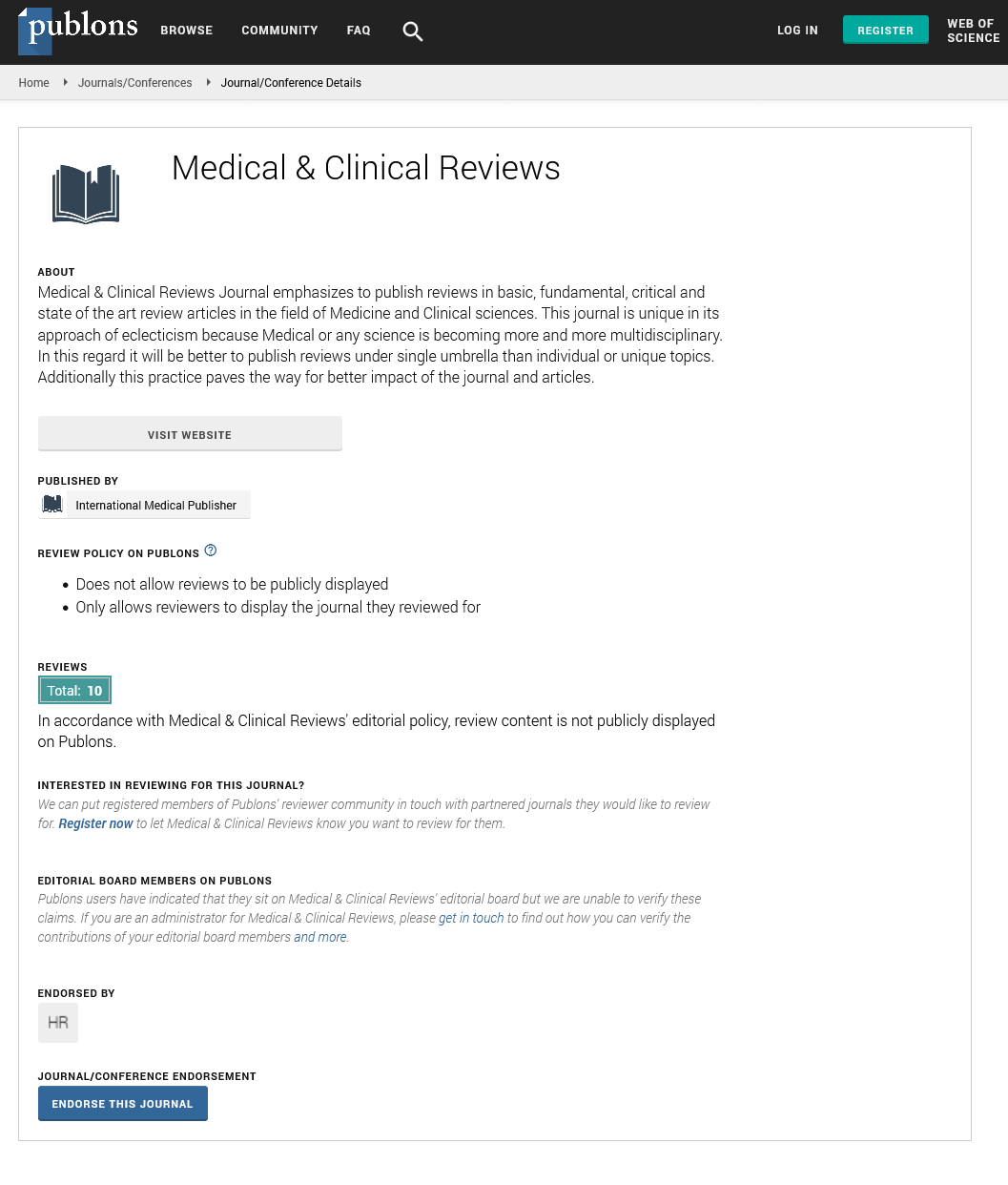Abstract
Role of Q-Waves ECG in Myocardial Scar Assessment in patients with Prior Myocardial Infarction
This study was designed to assess the sensitivity and specificity of the pathological Q waves as defined in Electrocardiogram (ECG) criteria of European Society Guidelines (ESC) in myocardial scar assessment in patients with prior myocardial infarction. In common clinical practice, Q waves, or QS complexes in the absence of QRS confounders are pathognomonic of prior Myocardial Infarction (MI) in patients with chronic Ischemic Heart Disease (IHD) regardless of symptoms. Prior MI is characterized by the presence of scar. Cardiac Magnetic Resonance (cMRI) Late Gadolinium Enhancement (LGE) is considered the gold standard technique for the detection of myocardial scar. Data was collected on 500 patients referred for a 3 Tesla cMRI viability study. A 12-ECG lead was recorded in each patient. Sensitivity and specificity of wallspecific ECG changes in presence of 2+ or 3+ pathological Q waves in the corresponding wall leads have been evaluated for anterior (V1-V4 leads), inferior (D2, DIII, aVF leads) and lateral (D1, aVL, V5-V6 leads) wall in patients with transmural infarction, defined as >50% LGE. The sensitivity and specificity of wall-specific ECG changes in presence of 2+ pathological Q-waves were 42% and 88% for anterior, 43% and 69.9% for inferior and 28.6% and 76% for lateral wall; in presence of 3+ Q waves they were 24% and 95% for anterior, 27.8% and 82.5% for inferior and 9.5% and 93.8% for lateral wall. This study suggests that Q waves ESC ECG criteria may be a poor marker for detecting myocardial scar in patients with prior MI.
Author(s):
Lucia PV, Anna LL, Catherine K, Tiziano M and Francesco FF
Abstract | Full-Text | PDF
Share this

Google scholar citation report
Citations : 906
Medical & Clinical Reviews received 906 citations as per google scholar report
Medical & Clinical Reviews peer review process verified at publons
Abstracted/Indexed in
- Google Scholar
- China National Knowledge Infrastructure (CNKI)
- Directory of Research Journal Indexing (DRJI)
- WorldCat
- Publons
- Secret Search Engine Labs
Open Access Journals
- Aquaculture & Veterinary Science
- Chemistry & Chemical Sciences
- Clinical Sciences
- Engineering
- General Science
- Genetics & Molecular Biology
- Health Care & Nursing
- Immunology & Microbiology
- Materials Science
- Mathematics & Physics
- Medical Sciences
- Neurology & Psychiatry
- Oncology & Cancer Science
- Pharmaceutical Sciences


